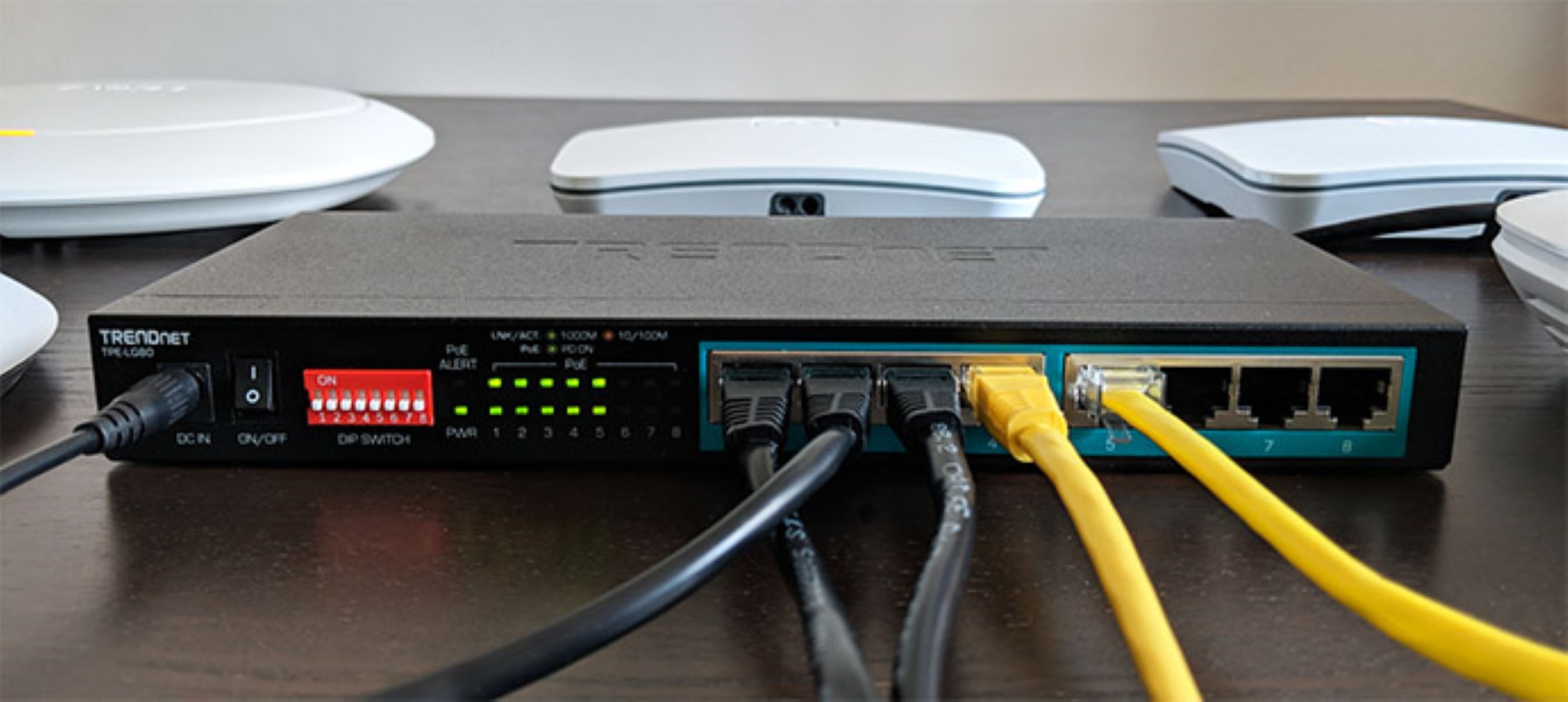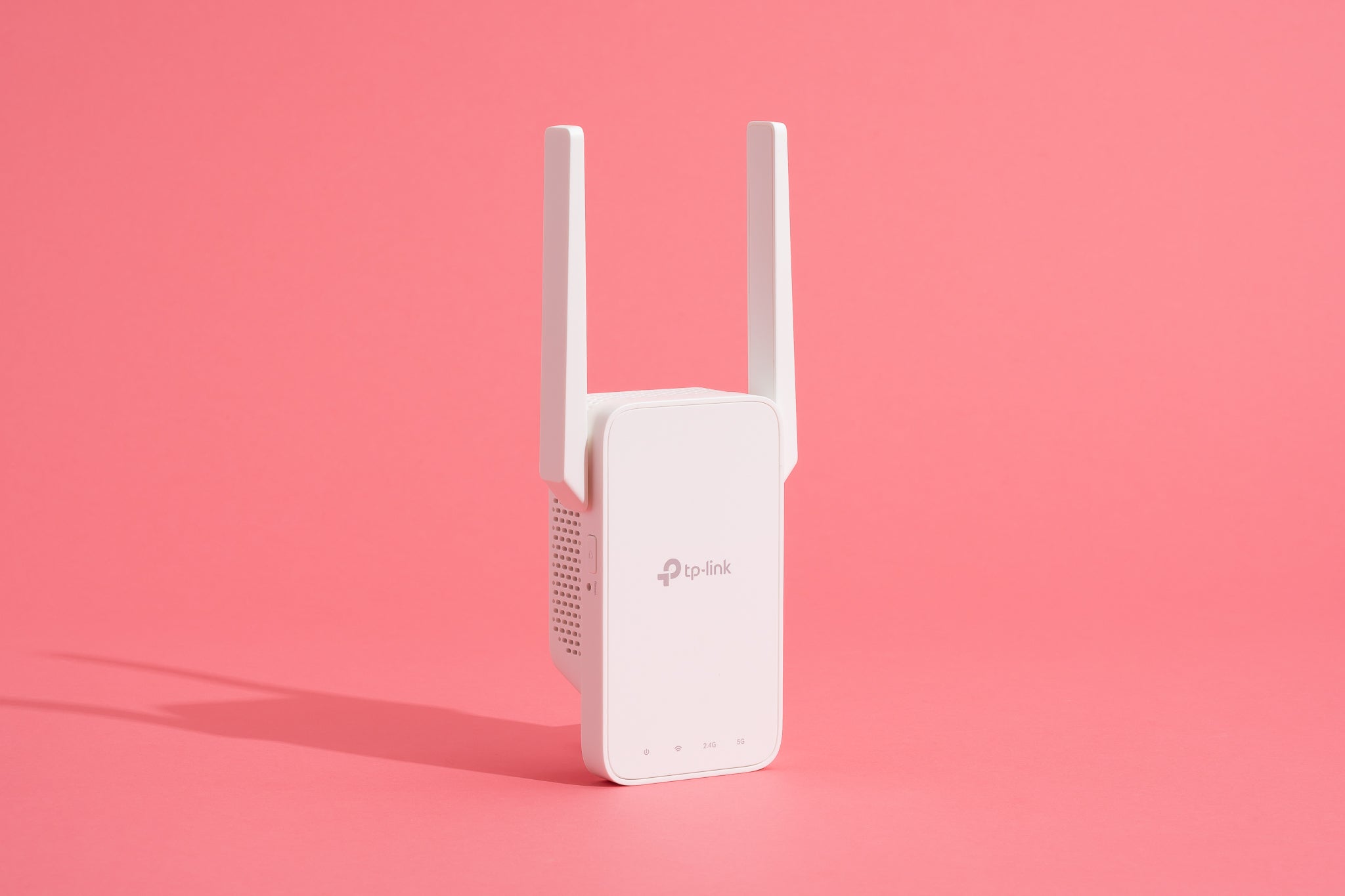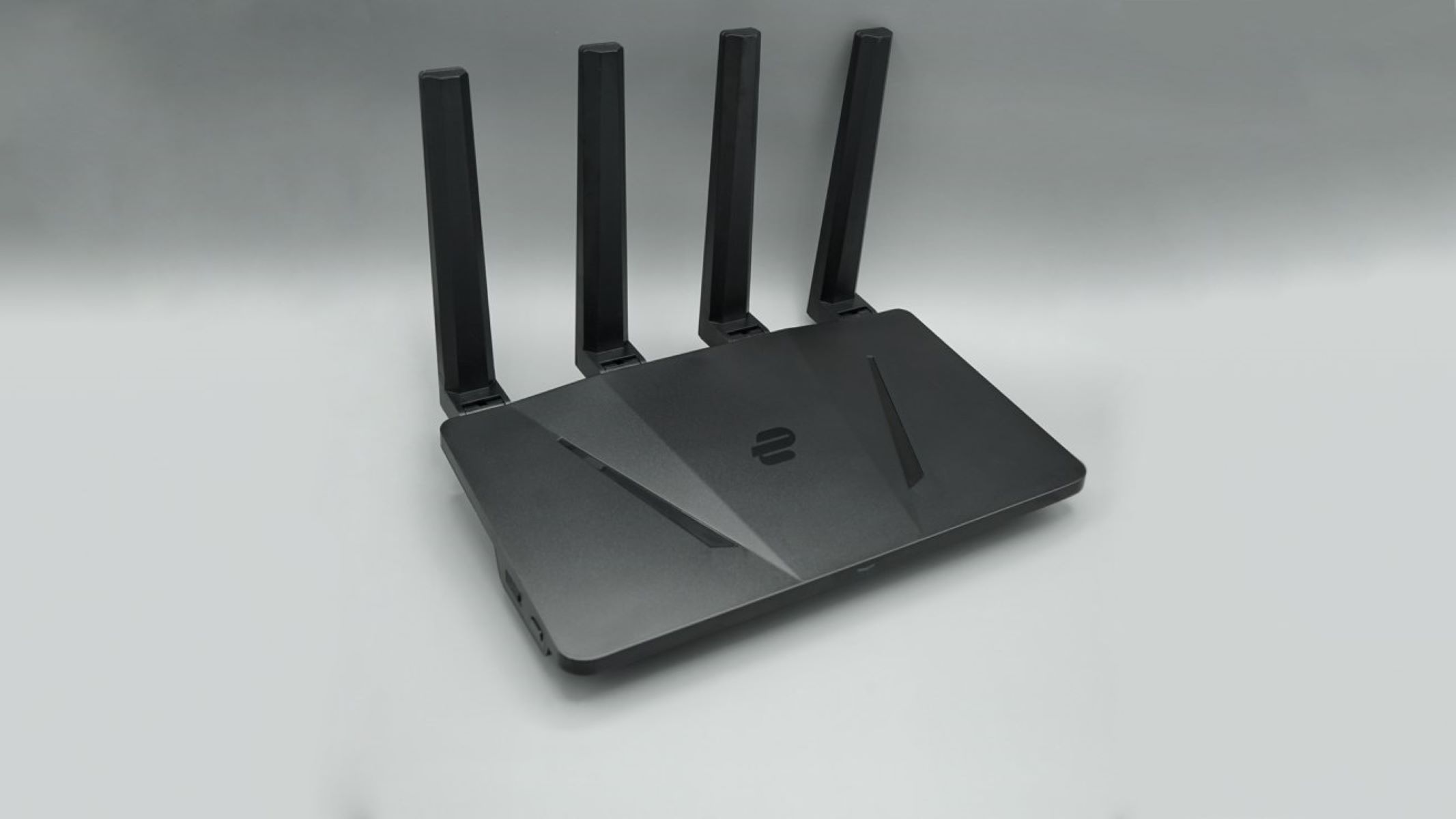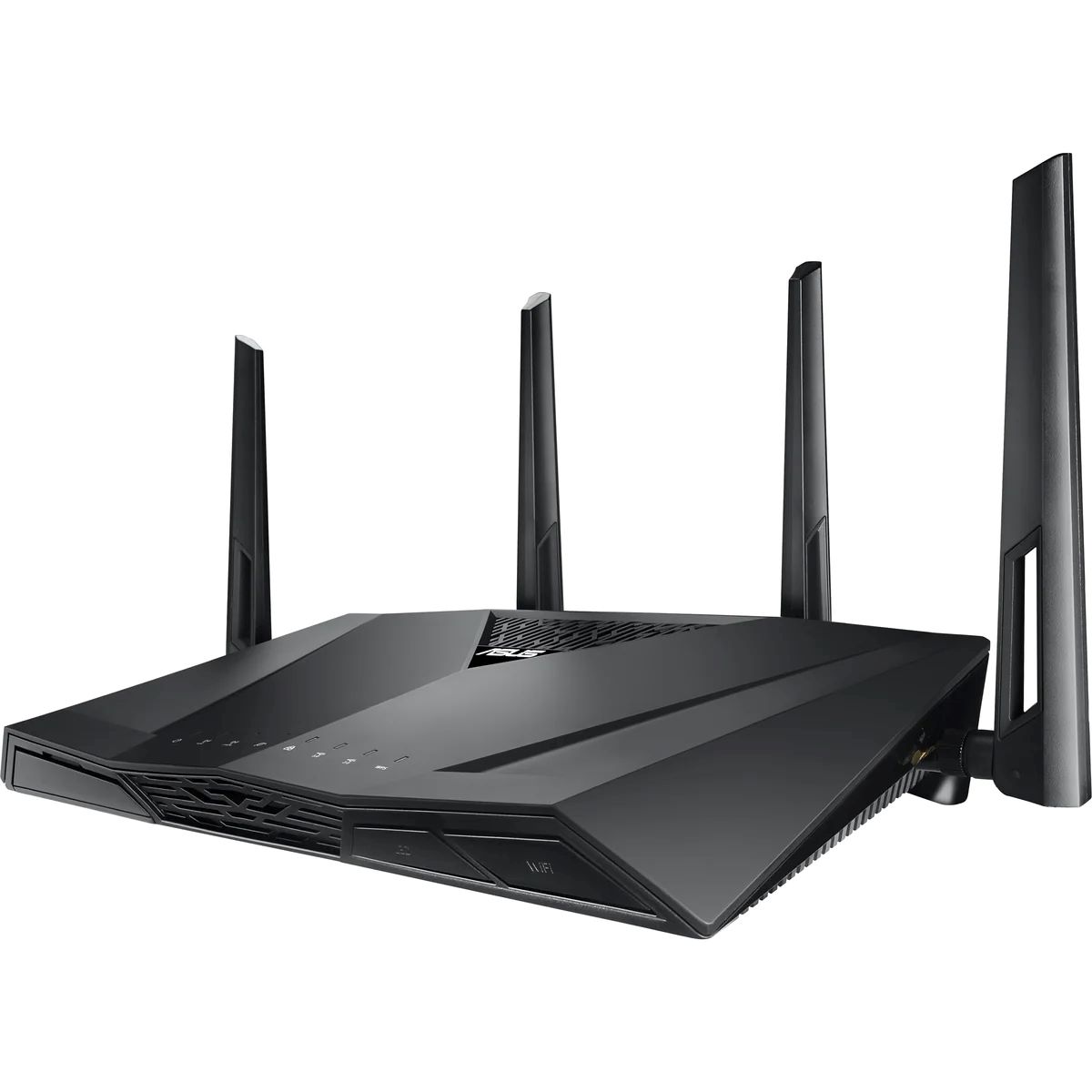Introduction
When it comes to networking, Ethernet switches play a vital role in facilitating communication between devices in a local area network (LAN). As networks grow and expand, it becomes necessary to connect multiple switches together to accommodate the increasing number of devices. This is where cascading, or daisy-chaining, Ethernet switches comes into play.
Cascading switches refers to the process of connecting multiple switches together in a series, effectively expanding the network’s capacity and reach. This hierarchical connection allows for efficient and seamless communication between devices, regardless of their physical location within the network.
In this article, we will delve into the concept of cascading Ethernet switches and explore the benefits it offers, as well as the limitations and considerations involved. Whether you’re a network administrator or simply curious about networking technologies, understanding how to effectively cascade Ethernet switches can help you optimize your network’s performance and reliability.
What is Cascading?
Cascading, also known as daisy-chaining, is the process of connecting multiple Ethernet switches together in a series. In a cascaded configuration, one switch is directly connected to another, forming a chain-like structure. This allows for an expansion of the network’s capacity and the ability to connect more devices.
When cascading switches, the devices are connected through their designated uplink ports. The uplink port on the first switch connects to a regular port on the second switch, and so on. This connection scheme enables data transmission between switches, creating a seamless and efficient network infrastructure.
One of the key advantages of cascading switches is its ability to extend the reach of a network. By connecting switches in different physical locations, you can overcome the limitations of a single switch and create a larger network. This is particularly useful in environments where a single switch cannot accommodate all the devices or when devices are scattered across different areas.
In addition, cascading Ethernet switches simplifies network management. Instead of managing each switch individually, you can configure and monitor them as a collective unit. This centralized management approach allows for easier troubleshooting, configuration changes, and overall network maintenance.
It’s important to note that there are different types of cascading methods, including daisy-chain, star topology, and hybrid configurations. Each method has its own advantages and considerations, and the choice depends on the specific network requirements and topology.
In the next section, we will explore the benefits of cascading Ethernet switches.
Benefits of Cascading Ethernet Switches
Cascading Ethernet switches offers several benefits that contribute to a more efficient and scalable network infrastructure. Let’s explore some of the key advantages:
- Expanded Network Capacity: One of the primary benefits of cascading switches is the ability to expand the network’s capacity. By connecting multiple switches, you can accommodate a larger number of devices and increase the overall bandwidth available for data transmission.
- Improved Network Performance: Cascading switches helps distribute network traffic across multiple devices, reducing congestion and improving overall network performance. This enables devices to communicate more efficiently, ensuring smooth and uninterrupted data transfer.
- Extended Network Reach: By connecting switches in different locations, cascading allows you to extend the network’s reach and connect devices that are physically distant from each other. This is particularly useful in large office buildings, campuses, or industrial environments where devices are spread across multiple areas.
- Centralized Network Management: Cascading switches simplifies network management by allowing you to configure and monitor multiple switches as a unified entity. This centralization streamlines tasks such as network configuration, monitoring, and troubleshooting, reducing administrative overhead.
- Cost-Effective Scalability: Adding more devices to a network can be expensive, especially if each device requires its own dedicated switch. Cascading switches provides a cost-effective solution by allowing you to connect multiple devices to a single switch, maximizing the utilization of existing hardware.
These benefits highlight the importance of cascading Ethernet switches in creating scalable, high-performance, and reliable networks. However, it’s important to consider the limitations and factors to take into account before implementing cascading in your network, which we will explore in the next section.
Limitations of Cascading Ethernet Switches
While cascading Ethernet switches offers many advantages, it’s essential to be aware of its limitations and potential challenges. Understanding these limitations will help you make informed decisions when implementing cascading in your network. Here are some of the common limitations to consider:
- Increased Latency: Each additional switch in a cascaded configuration introduces a slight delay in data transmission. This latency can impact real-time applications or time-sensitive data transfers. It’s important to assess the network requirements to ensure that the added latency is within acceptable limits.
- Single Point of Failure: Cascading creates a dependency on the first switch in the chain. If the first switch experiences a failure, it can disrupt communication between all the switches downstream. To mitigate this risk, it’s advisable to implement redundancy measures, such as using a backup switch or configuring a redundant path.
- Bandwidth Sharing: When multiple switches are cascaded, the available bandwidth is shared among all the connected devices. If one device consumes a significant portion of the bandwidth, it can affect the performance of other devices on the network. Proper network design and traffic management are crucial to prevent bottlenecks and ensure fair distribution of bandwidth.
- Complexity in Troubleshooting: Identifying and resolving network issues can become more challenging in a cascaded configuration. With multiple switches involved, troubleshooting becomes more complex, requiring thorough understanding of the network topology and proper monitoring tools. It’s important to have robust troubleshooting procedures in place to minimize downtime and quickly resolve any issues.
- Increased Configuration Complexity: Cascading switches often require more in-depth configuration compared to standalone switches. Configuring VLANs, trunking, spanning tree protocols, and other advanced features can be more complex when multiple switches are involved. Proper planning and understanding of network protocols are necessary to ensure seamless operation.
By considering these limitations and mitigating any potential challenges, you can effectively harness the benefits of cascading Ethernet switches while ensuring a reliable and high-performing network infrastructure. In the next section, we will discuss the factors to consider before cascading switches.
Factors to Consider Before Cascading Ethernet Switches
Before implementing a cascaded Ethernet switch configuration, it’s important to consider several factors to ensure optimal network performance and reliability. By carefully assessing these factors, you can make informed decisions and avoid potential issues down the line. Here are some key factors to consider:
- Network Topology: Evaluate your network topology and determine the most suitable cascading method for your specific needs. Consider factors such as physical distance between devices, network traffic flow, and scalability requirements.
- Switch Compatibility: Ensure that the switches you plan to cascade are compatible and support the necessary features for cascading. Verify that the switches have designated uplink ports and support the required protocols, such as VLAN tagging or trunking.
- Bandwidth Requirements: Determine the bandwidth requirements of your network and ensure that cascading switches can meet those needs. Consider the number of devices, types of applications, and data transfer requirements to ensure adequate network performance.
- Power and Cooling: Take into account the additional power consumption and heat generated by cascaded switches. Ensure that your network infrastructure can handle the increased power requirements and provide sufficient airflow for cooling the equipment.
- Network Security: Evaluate the impact of cascading on your network security. Consider if cascading raises any concerns or vulnerabilities and establish appropriate security measures, such as implementing access control measures or utilizing VLANs for segmentation.
- Network Management: Think about how cascading will affect your network management processes. Consider the impact on monitoring, configuration changes, and troubleshooting procedures. Ensure that you have the necessary tools and procedures in place to effectively manage a cascaded network.
By carefully considering these factors, you can plan and implement a cascaded Ethernet switch configuration that aligns with your network requirements and goals. This proactive approach will help you maximize the benefits of cascading while avoiding potential pitfalls.
In the next section, we will explore the maximum number of switches that can be cascaded in a network.
The Maximum Number of Switches That Can Be Cascaded
The maximum number of switches that can be cascaded in a network depends on various factors, including the network topology, switch specifications, and the desired network performance. While there is no fixed limit to the number of switches that can be cascaded, certain considerations should be taken into account.
One important factor to consider is the degradation of signal quality as the number of cascaded switches increases. Each switch introduces a slight loss in signal strength, which can impact network performance. This degradation becomes more significant as the number of switches increases, potentially resulting in slower data transfer and increased latency.
Another factor to consider is the limitation imposed by spanning tree protocols (STP) or rapid spanning tree protocols (RSTP). These protocols are used to prevent network loops and ensure a stable network topology. However, they introduce limitations on the maximum number of switches that can be connected in a loop-free manner. Depending on the specific protocol and configuration, the maximum number of switches may range from 7 to 12 in a loop-free network.
Additionally, the network’s bandwidth requirements should be taken into account when determining the maximum number of switches that can be cascaded. As more switches are added to the chain, the available bandwidth is distributed among the connected devices. If the bandwidth demand exceeds the capacity of the switches or exceeds the limitations of the network infrastructure, network performance can degrade.
While there isn’t a definitive answer to the maximum number of switches that can be cascaded, it’s important to consider these factors and test the network’s performance as switches are added. Conducting thorough performance testing can help determine the optimal number of cascaded switches for your specific network environment.
In larger networks, it’s common to combine cascading with other network topologies, such as using hierarchical or mesh configurations. These setups allow for a more scalable and resilient network infrastructure, providing additional flexibility in connecting a larger number of switches.
Consulting the switch manufacturer’s documentation and seeking advice from network specialists can also provide valuable insights into the capabilities and limitations of the switches you plan to cascade.
With all these considerations in mind, it is important to carefully plan and balance the number of cascaded switches to ensure optimal network performance and reliability.
Considerations for Large Networks
Large networks present unique challenges when it comes to cascading Ethernet switches. The scale and complexity of these networks require careful planning and consideration to ensure optimal performance and scalability. Here are some key considerations for large networks:
- Network Hierarchy: Implementing a hierarchical network design can help manage the complexity of large networks. Dividing the network into smaller segments or layers, such as core, distribution, and access layers, allows for more efficient traffic routing and easier management of cascaded switches.
- Redundancy and Resiliency: Large networks demand high levels of redundancy to ensure uninterrupted operation. Implementing redundant connections, redundant power supplies, and backup switches can help mitigate the risk of single points of failure and enhance network resiliency.
- Network Segmentation: Dividing the network into separate VLANs or virtual networks can help improve security, manage traffic, and simplify network management. Prioritize network segmentation based on the functional needs of different departments, locations, or user groups within the large network.
- Quality of Service (QoS): Implementing QoS mechanisms can help prioritize traffic and ensure that critical applications receive the necessary bandwidth and low latency. This is particularly important in large networks where various types of data, such as voice, video, and data, coexist and require differentiated treatment.
- Monitoring and Reporting: Large networks require robust monitoring and reporting systems to effectively manage performance, troubleshoot issues, and identify any bottlenecks or anomalies. Implementing network management tools that provide real-time visibility and historical data can help optimize network performance and ensure timely issue resolution.
- Scalability: As large networks continue to grow, scalability becomes a crucial consideration. Choose Ethernet switches that can accommodate the future expansion of the network, both in terms of physical ports and bandwidth capabilities. Scalable switch models with stacking capabilities can simplify network management and facilitate expansion.
When cascading switches in large networks, it becomes essential to plan for growth, consider the network hierarchy, and ensure redundancy and resilience. Regular network assessments and capacity planning exercises can help determine when additional switches need to be cascaded or when alternative network topologies may be more suitable.
By taking these considerations into account and continually monitoring and adjusting network operations, large networks can effectively utilize cascading switches to create a scalable, reliable, and high-performing network infrastructure.
Best Practices for Cascading Ethernet Switches
When cascading Ethernet switches, following best practices can help ensure a stable, efficient, and reliable network infrastructure. Implementing these practices will help optimize performance and minimize potential issues. Here are some key best practices for cascading Ethernet switches:
- Plan the Network Topology: Before implementing a cascaded configuration, carefully plan the network topology and consider factors such as the number of switches, device locations, and traffic flow. Designing an efficient network layout will help prevent bottlenecks and enable effective communication between devices.
- Choose Compatible Switches: Ensure that the switches you intend to cascade are compatible and support the necessary protocols and features. Verify that the switches have designated uplink ports and are capable of handling the network’s bandwidth requirements.
- Ensure Proper Uplink Port Usage: Connect switches using the designated uplink ports to establish the cascaded configuration. Avoid using regular ports as uplink connections, as this can lead to performance issues and potential network loops.
- Implement Spanning Tree Protocol (STP): Enable STP or RSTP to prevent network loops and establish a reliable network topology. This protocol helps manage redundant paths and ensures a stable and loop-free network environment.
- Configure VLANs: Utilize VLANs to segment your network and improve security and traffic management. Assign devices to appropriate VLANs based on their functional requirements, and configure VLAN tagging and trunking as needed.
- Monitor Network Performance: Regularly monitor the performance of the cascaded switches to identify any bottlenecks or issues. Utilize network management tools to monitor bandwidth utilization, perform diagnostics, and track network health.
- Ensure Adequate Power and Cooling: Consider the additional power consumption and heat generated by cascaded switches. Ensure that your network infrastructure is capable of providing sufficient power and cooling to support the added hardware.
- Implement Security Measures: Apply appropriate security measures, such as access control lists (ACLs), firewall rules, and port security, to protect your network. Regularly update firmware and ensure that all switches have strong password authentication in place.
- Regularly Update Switch Firmware: Keep your switches up to date with the latest firmware releases provided by the manufacturer. This ensures that you have access to the latest features, bug fixes, security patches, and performance enhancements.
- Document Network Configuration: Maintain detailed documentation of your network configuration, including the cascaded switch setup, VLAN configurations, and any other relevant network settings. This documentation will be invaluable for troubleshooting, future expansion, and network audits.
By following these best practices, you can ensure a well-designed, robust, and manageable network infrastructure when cascading Ethernet switches. Regularly review and assess the network’s performance to identify any areas for improvement and make necessary adjustments.
Troubleshooting Cascaded Switches
While cascading Ethernet switches can greatly improve network scalability and performance, issues may occasionally arise that require troubleshooting. Proper troubleshooting techniques can help identify and resolve problems, ensuring smooth operation of the cascaded switches. Here are some troubleshooting tips to consider:
- Check Physical Connections: Verify that all physical connections between the switches are secure and properly connected. Ensure that cables are correctly plugged into the designated uplink and regular ports of the switches.
- Verify Configuration Settings: Review the configuration settings of the cascaded switches, including VLAN settings, spanning tree protocols, and trunking. Ensure that the configurations are consistent across all switches and align with the network requirements.
- Monitor Network Traffic: Utilize network monitoring tools to analyze network traffic flow and identify any unusual patterns or congestion. Excessive network traffic or bottlenecks can impact the performance of the cascaded switches.
- Check Power and Cooling: Ensure that the power supply and cooling systems for the cascaded switches are functioning properly. Overheating or inadequate power supply can cause switches to malfunction or experience performance issues.
- Investigate Spanning Tree Protocol (STP) Issues: If you encounter network loops or connectivity problems, verify the STP configuration and check for any issues. Misconfigured STP settings can lead to network instability and communication failures.
- Test Connectivity: Use diagnostic tools to test the connectivity between devices connected to cascaded switches. Ping tests and traceroute commands can help identify connectivity issues or network latency problems.
- Update Firmware: Ensure that the firmware on the cascaded switches is up to date. Manufacturers often release firmware updates that address known issues, improve performance, and enhance functionality. Regularly check for and apply firmware updates as recommended by the manufacturer.
- Seek Vendor Support: If troubleshooting efforts do not resolve the issues or if they are beyond your expertise, reach out to the switch manufacturer’s technical support for assistance. They can provide guidance, troubleshooting steps, or possibly identify if the issue is a hardware defect.
- Refer to Documentation: Review the documentation and user manuals provided by the switch manufacturer. They often include troubleshooting guidelines specific to the switch model you are using, which can help resolve common issues.
By following these troubleshooting tips and diligently investigating and resolving issues, you can maintain the stability and performance of your cascaded switch setup. Regularly monitor the network and remain proactive in addressing any potential problems to ensure optimal network operation.
Conclusion
Cascading Ethernet switches is a powerful technique that allows for the expansion and scalability of network infrastructures. By connecting multiple switches in a hierarchical configuration, organizations can accommodate a larger number of devices, improve network performance, and extend the reach of their networks.
In this article, we have explored the concept of cascading Ethernet switches, understanding its benefits and limitations. We have discussed the considerations involved in planning and implementing a cascaded switch configuration, including factors such as network topology, switch compatibility, and bandwidth requirements.
By following best practices for cascading Ethernet switches, such as proper planning, choosing compatible switches, implementing network segmentation, and monitoring network performance, organizations can harness the full potential of cascaded networks while maintaining stability and reliability.
In the event of troubleshooting issues with cascaded switches, it is important to check physical connections, verify configuration settings, monitor network traffic, and ensure proper power and cooling. Regularly updating firmware and seeking vendor support when needed can also aid in troubleshooting efforts.
Cascading Ethernet switches can transform network infrastructures, allowing for growth, improved performance, and simplified management. By considering the specific requirements and challenges of your network, you can successfully implement and maintain a cascaded switch configuration that meets your organization’s needs.
Remember to refer to the documentation provided by the switch manufacturer and stay updated with the latest industry practices to ensure a smooth and efficient cascading process. With proper planning, implementation, and ongoing maintenance, cascaded Ethernet switches can contribute to a robust and future-proof network infrastructure.

























